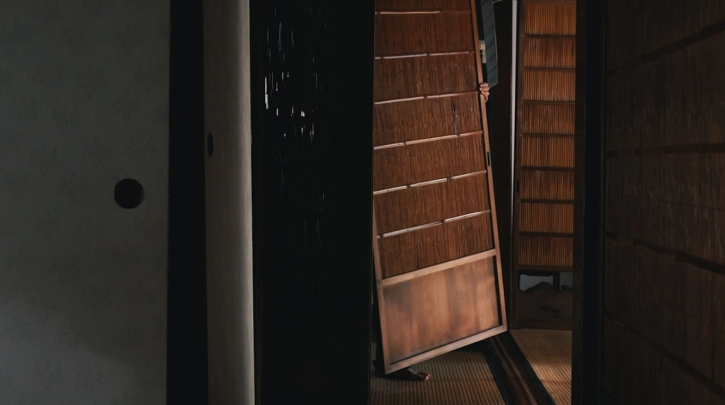
Hashirama Sōchi: Richness of Space in Japanese Architecture
- 22 February 2022
- 12:00 - 13:00 (GMT)
- Online
- https://www.japanhouselondon.uk/whats-on/2022/hashirama-sochi-richness-of-space-in-japanese-architecture-talk-by-nakatani-norihito/
- +44 20 3972 7100
- events@japanhouselondon.uk
- Tweet
In Japan’s wood-based architecture, the window-like components that occupy the gaps between columns are known as hashirama sōchi (lit. ‘devices between columns’). Taking the form of walls or fixtures, such as shōji (sliding translucent screens) and fusuma (sliding partitions), the diversity and dynamism of these intercolumnar elements are a key source of the spatial richness of Japanese architecture.
In this talk, which accompanies Japan House London’s current exhibition Windowology: New Architectural Views from Japan, architectural historian Nakatani Norihito draws examples from Japan’s rich architectural history to illuminate the origins and development of these intercolumnar devices and the key role they have played in shaping Japanese buildings throughout the ages. Following his presentation, there is an opportunity for registered guests to ask questions to the speaker in this live event moderated by Japan House London Programming Director, Simon Wright.
Developed by the Nakatani Norihito Seminar, the film ‘Transition of Kikugetsutei’ can be seen in the exhibition Windowology: New Architectural Views from Japan in the Gallery at Japan House from 1 December 2021 until 10 April 2022. The film documents the dramatic changes that a teahouse in Kagawa Prefecture undergoes over the course of day through the movement of its hashirama sōchi. In addition, other short films highlighting the concept of hashirama sōchi can be viewed in the Hall at Japan House during this time.
About the speaker
Professor in the Department of Architecture at Waseda University, Nakatani Norihito is an architectural historian noted for a variety of activities. These include studying the writings of early-modern-era carpentry, and the continuity of land characteristics and their influence on the present day (theory of pre-existence); overseeing a project to revisit the houses that the Japanese “modernologist” Kon Wajirō visited in the early 20th century and document their change; and more recently, travelling along the edges of the Eurasian plate, researching villages that have existed for a thousand years. His publications include Future Commune (inscript, 2019), Moving Earth and Shape of Living: Travelling along the edge of Eurasia plate (Iwanami shoten, 2017), Revisiting Kon Wajirō’s “Japanese Houses” (as part of the Rekiseikai group, Heibonsha, 2012), Severalness+: The Cycle of Things and Human Beings (Kajima Shuppankai, 2011), and The Study of Classical Literature, the Meiji Period, and Architects (Ikki Shuppan, 1993). Nakatani received the Kon Wajirō Award from the Japan Society of Lifology in 2013 and the Writer’s Award from the Architectural Institute of Japan in 2013, 2018 and 2020.
